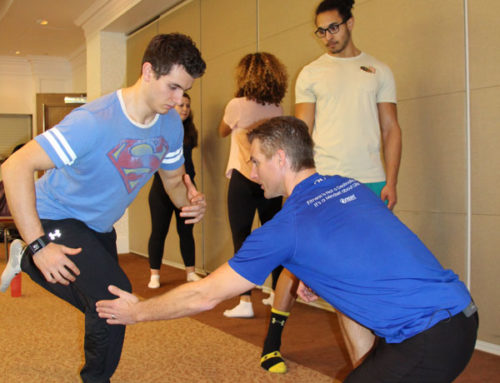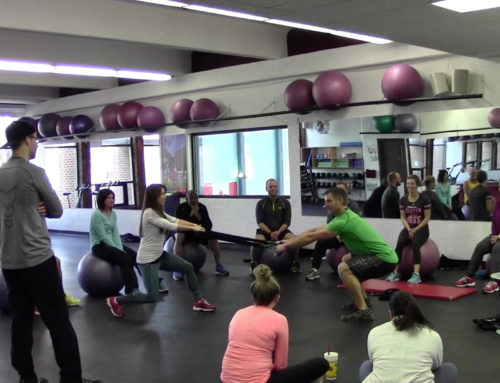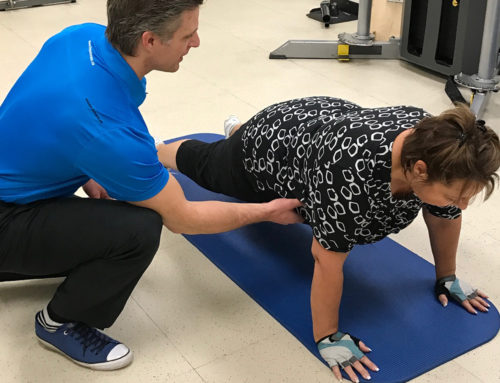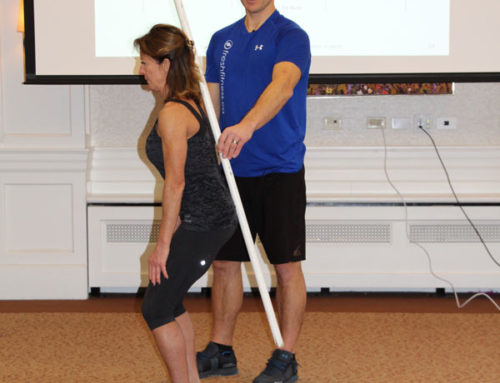“I’ve been training so long. It’s second nature to push myself to the limit”. – Ronnie Coleman,
There’s a dark side to training intensity that surprisingly few fitness professionals acknowledge.
We look at amazing and inspirational images of professional athletes, elite practitioners, or people like Ronnie Coleman doing this lunge.
Their ability to perform physically at such a high level is inspiring and naturally we want to emulate their training styles, workouts, and attempt to do what they do.
However, it’s far too common for people to try short cutting the work curve in an attempt to get faster results in unrealistic time frames.
As Ronnie Coleman’s quote states…he’s been training for “so long”. Literally decades.
Over this time Ronnie (and other elite athletes like him) has built a foundation of form, function, movement skills, mindset, habits, resilience, and an outstanding work capacity.
The public, as well as many trainers, tend to forget this fact.
In an effort to “sweat’, “work hard”, and “get gains”, common sense, rationality, and science often go out the window.
Dressed in the guise of intensity, people end up driving themselves to injury and/or dysfunction.
It’s so easy to do. I’ve done it a number of times myself in the past.
Many trainers perpetuate this cycle by “kicking peoples’ asses” in classes and training sessions, often with only the most basic attention to form.
If you think I’m being overdramatic, take a moment to look around the gym next time you are there. Pay particular attention to the large disconnect between effort and form.
Now, it’s not that I’m against intensity. I think it’s a fantastic tool in your training toolkit…for those who are physically, neurally, and mentally ready for it. And for those whose results it will benefit. Many times, the WORST thing you can do with a person is an intense workout (specific injuries, high stress loads, poor concentration levels, lack of relevant movement skills, medical conditions, poor breathing/bracing patterns, etc.)
So what’s the answer?
First is to assess the client’s current status in the following areas:
Movement skills (quality of movement)
Coordination levels (kinaesthetic awareness and skills)
Program goals (what do they want to achieve?)
Program phase (systemic load, etc.)
Training age/history/experience (more important than chronological age)
Mental preparation (mindset)
Additional metabolic demands (medications, stress levels, sleep patterns, recovery level)
Once you have a clear understanding of a person’s current standing and their goals, you can best determine how and when to introduce intensity into a program.
The goal is to have your training maximally benefit the client. If red flags come up in any of these areas, intensity is likely to do more harm than good.
Most fundamentally, doing every movement with correct alignment, breathing, and bracing is the most important physical foundation for intense exercise. Without this, every rep, set, and workout is a race towards pain, injury, and frustration.
Despite lots of fitness education and certifications, most fitness professionals (and almost NO members of the general population) have been taught to move correctly, particularly under load.
Sure, we all know how to squat, lunge, and do pushups, but this is at the most basic level. Understanding the importance of nuances within a movement pattern is critical to ensuring that any exercise provides the desired benefits while minimizing injury risk.
Can you clearly understand, explain and communicate the biomechanical impact of moving a loaded joint a cm or two in one direction or another when a client is exercising in real time? 99% of fitness professionals have not received the education or training to do this.
The situation gets even more difficult when we consider group fitness instructors.
They often have less education than personal trainers, yet are tasked with managing dozens of “clients” simultaneously.
The great news is that the skills are simple, and easy to learn. It just takes opening your mind to the possibility that there’s more to the “basic” exercises that you currently “know”.
If you are ready to take your movement coaching to the next level, register for our Level 1 Functional Movement Coaching (Primal Pattern Analysis) Certification.
It’s online, at your own pace, and will elevate your knowledge, coaching skills, and ability to get greater results for your clients. Visit www.teachmovement.com/learn to try it out for free.
Image Taken From: https://www.gymposters.com/ronnie-coleman-gym-poster





